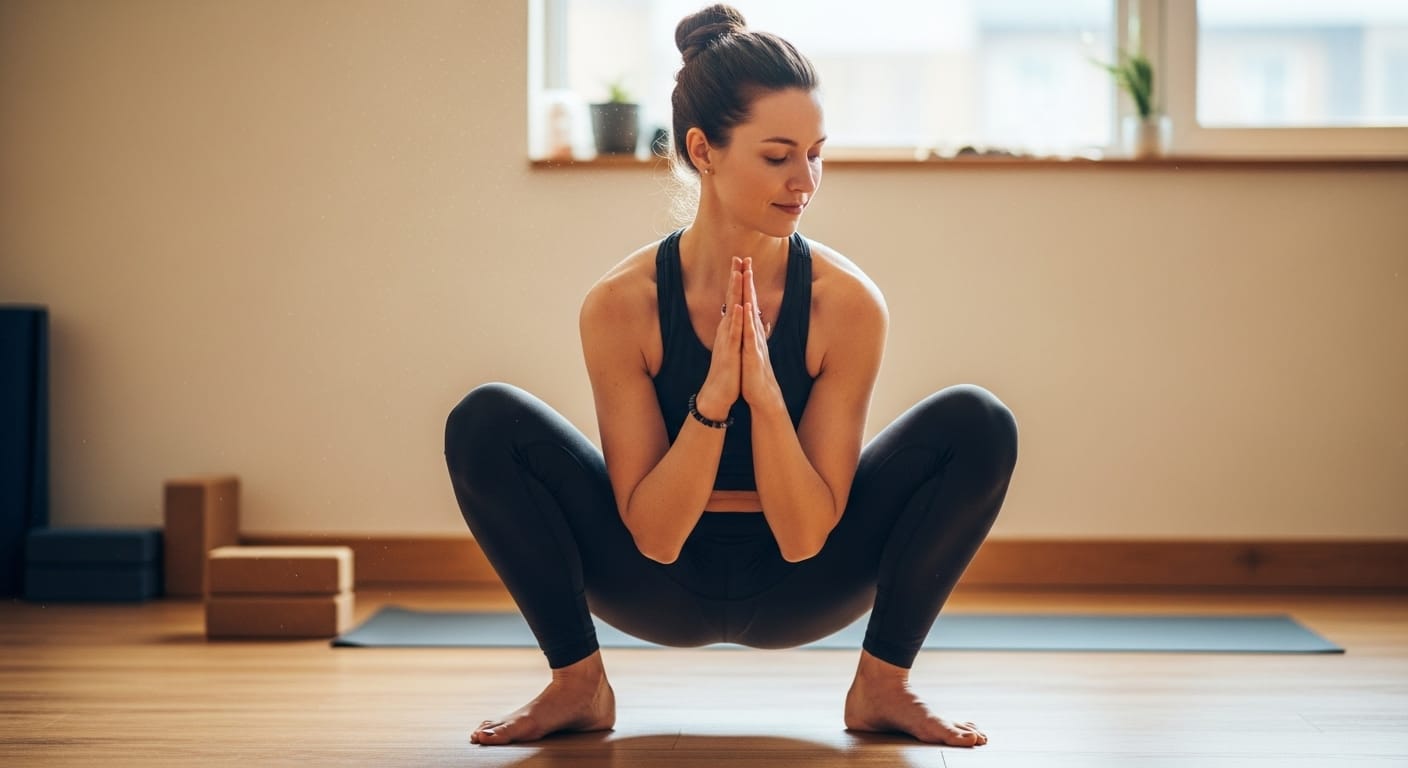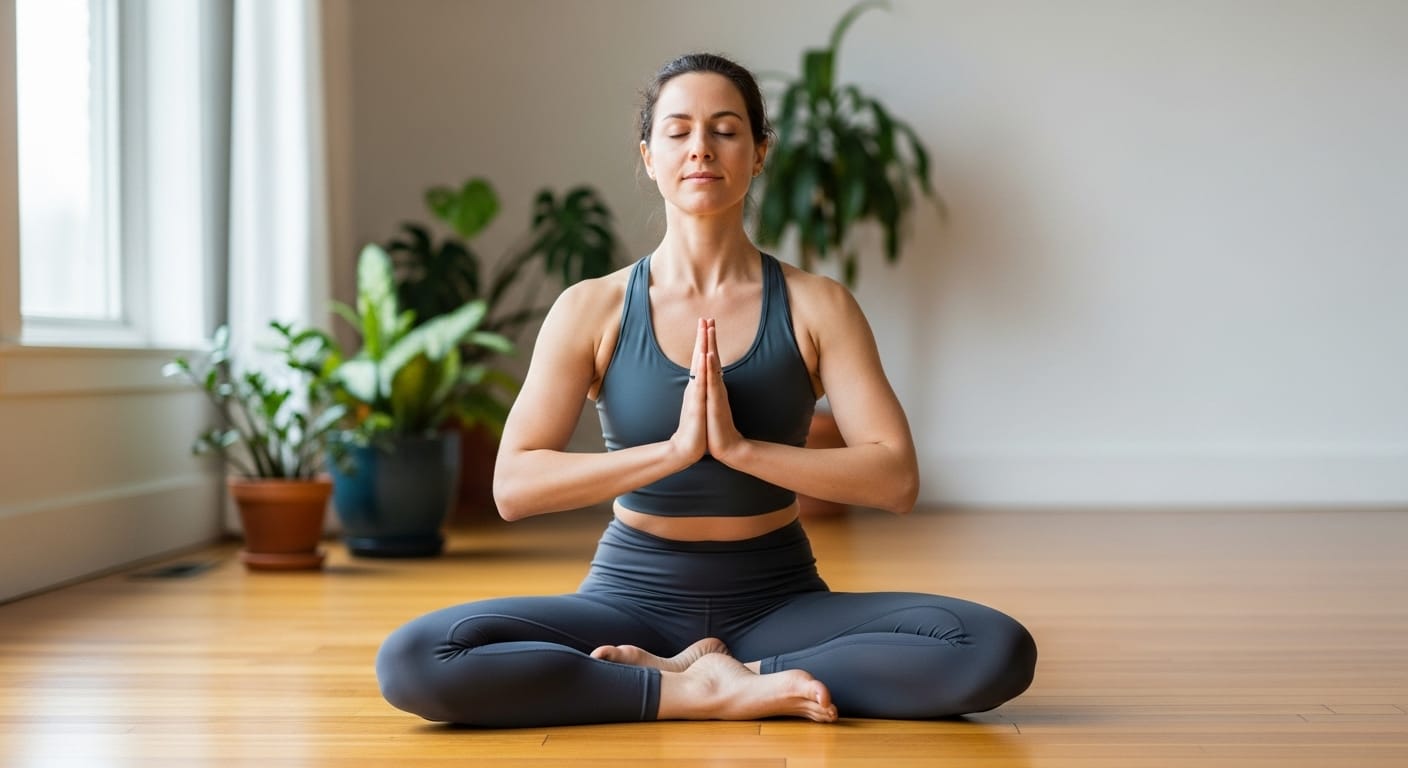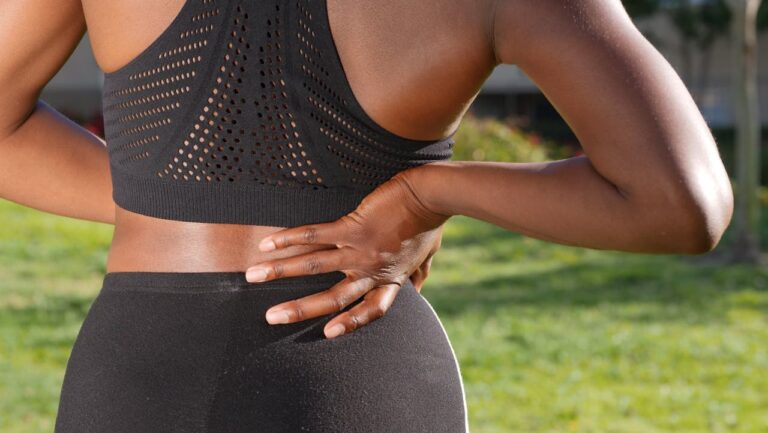Is Malasana (Garland Pose) the Hidden Key to Better Mobility, Digestion, and Balance?
Many Americans spend hours sitting at desks, in cars, and on screens, which tightens their hips and knees. Malasana (also called Garland Pose) is a deep yoga squat that opens the hips, improves digestion, and strengthens the lower body. In 2025, U.S. wellness trends focus on movement that supports longevity, pelvic health, and daily comfort.
Summary: It brings mobility, core strength, and digestive relief-all from a simple squat that most people can do.
What Is Malasana?
It is the Sanskrit name for Garland Pose, a deep squat with hands in prayer (Anjali Mudra) at the heart center. It’s called “Garland Pose” because your arms wrap around the shins like a necklace or mala when performed with the bind variant.
Garland Pose is a deep, grounded yoga squat that opens hips, stretches ankles, groin, and back, and supports digestion and pelvic function.
Benefits of Practicing
Practicing the Garland pose regularly can support mobility, digestion, stress relief, and pelvic stability. Here’s how:
- Opens hips and groins, improving squat depth and flexibility
- Strengthens lower body: legs, knees, ankles, and pelvic floor muscles
- Enhances digestion and eases constipation through abdominal compression
- Relieves lower back tension and supports spinal alignment
- Calms the mind, reduces stress, and encourages grounded presence
Summary: It is more than a squat; it offers physical flexibility, digestive support, and mental grounding in one powerful posture.

How to Practice The Garland Pose Step-by-Step
- Stand with feet slightly wider than hip-width, toes turned out slightly.
- Slowly lower into a deep squat—keep heels on the ground or propped on a blanket if needed.
- Bring palms together at heart in Anjali Mudra, pressing elbows to inner knees to widen hips.
- Lengthen your spine, engage your core, and relax your shoulders forward.
- Hold the pose for 30 seconds to 1 minute as mobility increases.
Summary: A proper Garland Pose engages muscles meaningfully and builds flexibility ideal for daily practice.
How Long Should You Hold The Garland Pose?
For most practitioners:
- Beginners: 20–30 seconds per set
- Intermediate: 30–60 seconds
- Advanced: 2–3 minutes when comfortable
Start slow and listen to your body. Even short holds daily help build mobility and pelvic strength.
Summary: Practice The Garland Pose in short sets daily and gradually increase duration as your body adapts.
Malasana Benefits & Tips
| Benefit | Why It Matters |
|---|---|
| Hip & ankle flexibility | Eases stiff joints, supports walking/lunging movements |
| Lower body strength | Builds strong knees, glutes, calves |
| Improved digestion | Core compression stimulates elimination and gut health |
| Pelvic floor support | Helps urinary control and reproductive wellness |
| Stress reduction | Builds strong knees, glutes, and calves |
FAQs
What is Malasana good for?
It improves hip mobility, strengthens lower-body muscles, enhances digestion, and supports pelvic health. Regular practice relieves tightness, supports bladder and gut function, and helps with postural balance.
What is Malasana in English?
Malasana is an English word known as the Garland Pose or a yoga squat. The term comes from Sanskrit (mala = garland, asana = pose)
How long should we do the Garland Pose?
Begin with 20–30 seconds and build toward 1–2 minutes per squat, gradually increasing based on comfort and flexibility.
What does Malasana mean?
“Mala” means garland or necklace, and “asana” means posture. The pose evokes this imagery when arms wrap around the legs or shins—like a mala around the body.
Can Malasana reduce belly fat?
Yes, it can help engage the core and aid digestion, which may support belly fat reduction when combined with a healthy lifestyle.
Who cannot do Malasana?
People with knee, hip, or lower back injuries or limited ankle mobility should avoid Malasana or modify it under guidance.
Does yoga slim your waist?
Yes, yoga can help slim your waist by strengthening core muscles, improving posture, and promoting fat loss through mindful movement and stress reduction. However, combining yoga with a balanced diet and cardio exercise will enhance results.







